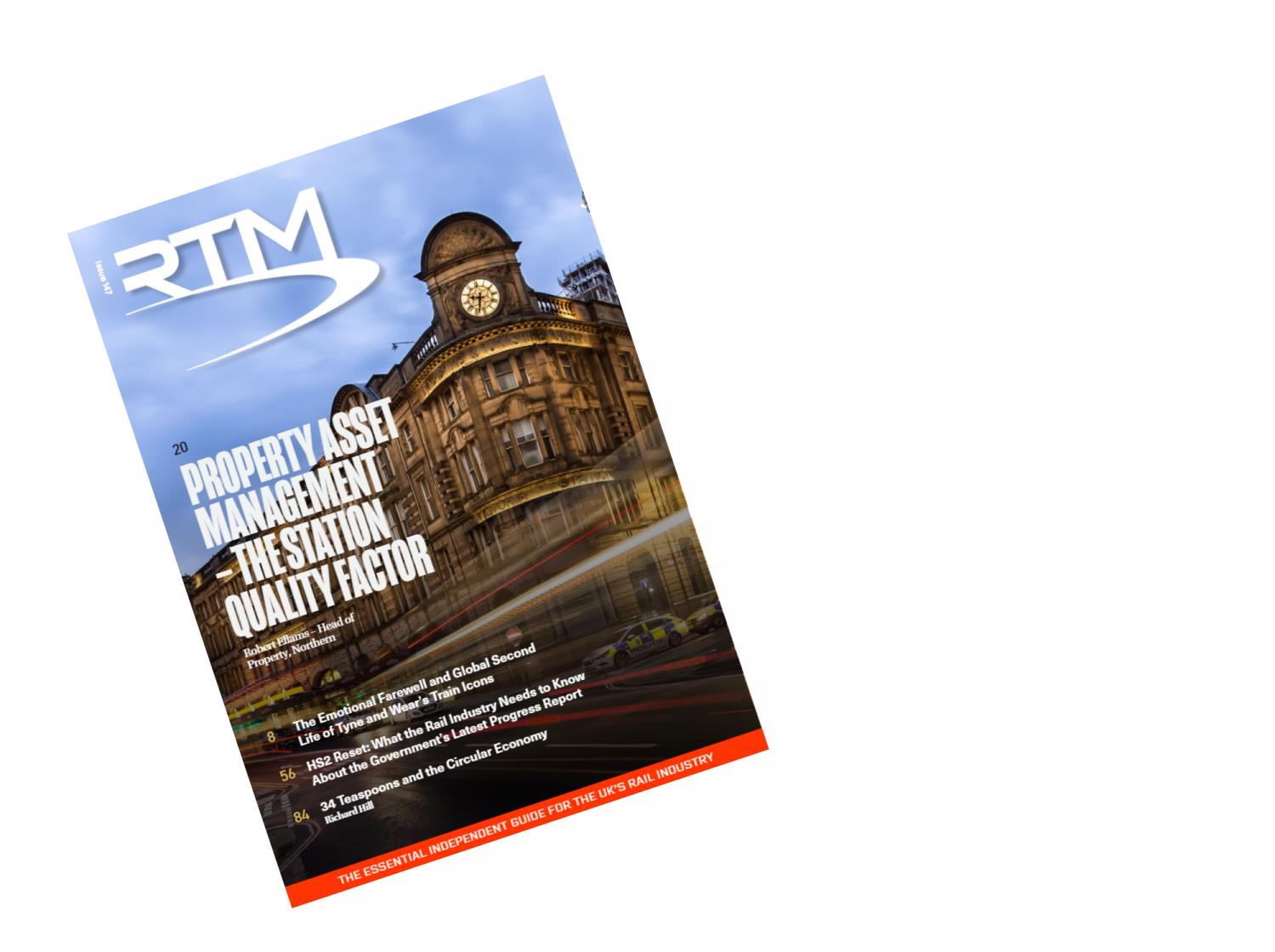New figures have shown that Scotland’s Railway has recorded near record levels of punctuality, with 95.5% of trains meeting the rail industry standard public performance measure (PPM) in period one (4 April - 1 May).
This means trains are arriving at their destination within four minutes and 59 seconds of their timetabled arrival time, having called at all scheduled stations.
It is the second best period one result ever recorded by the franchise and it boosted ScotRail’s Moving Annual Average (MAA), which measures punctuality across a whole year, to 93%, which is 0.5% above the target of 92.5%.
The figures were released just days before the train operator launched its new timetable on 17 May, which has saw almost 2,000 trains a day running, a daily increase of 432 on the schedule announced in February.
Passenger numbers are still down on pre-pandemic levels, however more customers are beginning to travel again on Scotland’s Railway because of the easing of Covid-19 restrictions.
Passengers will still have to wear a face covering and maintain physical distancing in stations and on trains, and should follow ScotRail’s five rules for safer travel.
The train operator is confident that the new timetable will allow an increasing number of customers to travel as safely and comfortably as possible.
They are being reminded to check their journeys in advance and always buy a ticket before they board.
Commenting, ScotRail Operations Director, David Simpson said: “It’s great to see that we continue to achieve these very high punctuality figures which are helping keep key workers moving.
“Our new timetable is a first step in recognising that more people will want to travel by train as they return towards a more normal way of life.
“The high level of professionalism that ScotRail staff have shown since the first lockdown last March makes me confident that we will keep rising to the challenge as passenger numbers grow.”

















